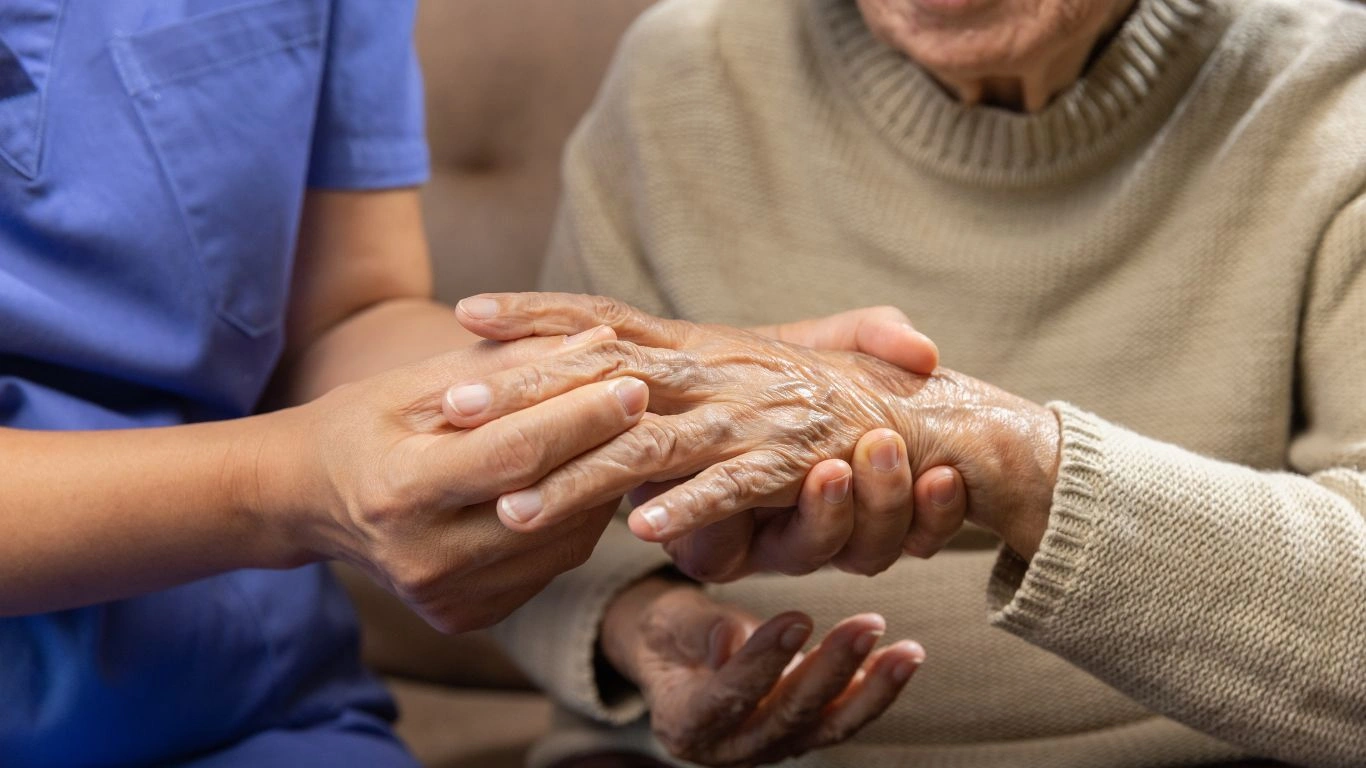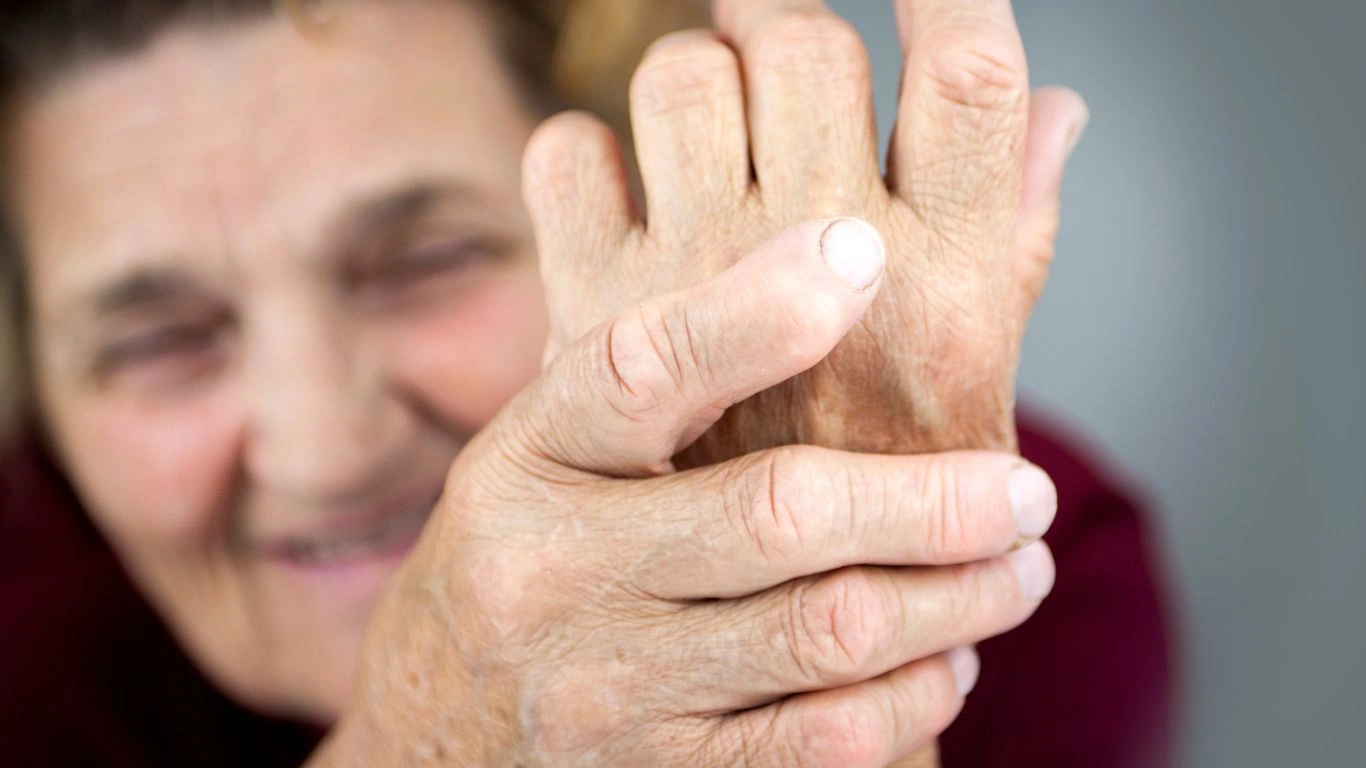Rheumatoid Arthritis and Its Effect on Family Life: What You Need to Know
Rheumatoid arthritis (RA) is more than just a physical condition—it can have a big impact on family life. When someone in the family is living with RA, it can change everything, from daily routines to emotional dynamics. Whether you’re the one with RA or a family member supporting someone who has it, understanding how the disease affects everyone involved is key to navigating the challenges.

What is Rheumatoid Arthritis?
Before diving into how it affects family life, let’s quickly recap what rheumatoid arthritis is. RA is a chronic autoimmune condition that mainly affects the joints, causing pain, swelling, and stiffness. Unlike regular wear-and-tear arthritis, RA involves the immune system attacking the joints as if they were foreign invaders, which leads to inflammation. Over time, this can cause joint damage and make simple tasks harder to do. It’s not just physical—it can take an emotional toll too, making it a bit of a rollercoaster for both the person with the disease and their family.
The Day-to-Day Impact of RA on Family Life
When someone in the family has RA, everything from getting out of bed in the morning to managing household chores can be affected. Daily life doesn’t stay the same, and adjustments have to be made.
For someone living with RA, mornings can be tough. Waking up with joint stiffness or pain can make it hard to get started. Even tasks that most of us take for granted, like getting dressed or making breakfast, might require extra time or assistance. For families, this can mean extra planning—things like setting aside more time in the mornings for routine activities or helping with physical tasks that are difficult for the person with RA.
Physical Limitations
As the disease progresses, people with RA may find it harder to perform tasks like grocery shopping, cleaning, or cooking. These aren’t just chores—they’re part of daily family life. When someone can’t pitch in, it often falls to other family members to step in and help, which can add stress and alter the family dynamics.
Imagine someone who used to handle the majority of housework now struggling to fold laundry because their hands hurt too much. This could lead to a shift in roles and expectations within the family, creating a need for open communication and flexibility.
Emotional and Psychological Effects
On top of the physical pain, RA can also affect the mental and emotional well-being of both the person with the disease and their family members. Chronic pain and fatigue can make the person with RA feel isolated, frustrated, or even depressed. Family members might feel helpless or unsure of how to support their loved one through the ups and downs of the disease. It can strain relationships if the family isn’t fully understanding of how much the condition affects daily life.
The stress of managing RA can also lead to anxiety or even guilt, especially if the person with the disease feels like they’re a burden on their loved ones. For family members, there might be a sense of worry about the future—what happens if the RA worsens? How can they help more? These concerns can make everyday interactions more emotionally charged.

How Families Can Adjust and Support Each Other
It’s not all doom and gloom, though. With the right mindset and support, families can adapt to life with RA and even grow stronger together. Here are a few ways to make the situation a little easier:
Open Communication
The most important thing is talking. The person with RA needs to communicate their needs, but family members also need to speak up about how they’re feeling. Maybe one person feels overwhelmed by the extra responsibility, or maybe someone feels like their needs are being overlooked. Honest conversations can lead to better understanding and solutions.
Flexibility and Patience
RA doesn’t follow a predictable pattern, so having flexibility is key. There will be days when the person with RA feels fine, and days when they struggle. Families need to stay adaptable and patient, ready to lend a hand when needed without making the person feel like a burden.
Sharing Responsibilities
It might mean dividing household tasks differently or getting outside help, but sharing responsibilities can help lighten the load for everyone. Sometimes family members may need to take on extra tasks, but it’s important to find a balance. If everyone pitches in, no one person will feel overwhelmed. Asking for help from friends, neighbors, or even professional caregivers can also ease the burden.
RA’s Impact on Children and Family Relationships
If the person with RA is a parent, the family dynamic changes even more. Children may not fully understand why a parent can’t play with them or go on outings the way they used to. As a result, they might feel neglected or confused. On the other hand, they might step up and take on more responsibility at a young age. This can be emotionally heavy for them.
Parents living with RA may feel like they’re failing their kids, but that’s not the case. There are plenty of ways to stay involved, even if physical limitations make it harder to participate in some activities. Spending time together in low-key ways—like reading, crafting, or watching movies—can still keep the connection strong.

Managing the Stress: Self-Care and Support Systems
If you’re living with someone who has RA or you have it yourself, stress is bound to creep in. That’s why it’s crucial to have a support system in place. Friends, extended family, and even support groups for RA can provide a sense of community and understanding.
Self-care for everyone involved is also important. It’s easy to forget your own needs when you’re constantly helping someone else, but taking care of yourself ensures you’re able to give your best support. Whether it’s taking breaks, pursuing hobbies, or getting enough sleep, staying balanced helps manage stress and keeps relationships healthy.
Conclusion: Embracing the Changes with Compassion
At the end of the day, RA can change family life in ways that are tough to predict. But with compassion, flexibility, and open communication, families can adjust and thrive despite the challenges. It’s all about supporting each other, accepting that things won’t always go according to plan, and finding ways to maintain the love and connection that make a family strong.

Appendices
FAQs
- How can I support a family member with RA without overwhelming them? Offer help when needed, but also respect their independence. Ask how they’re feeling, and communicate openly about what they need from you.
- How do I explain RA to kids? Keep it simple, but reassure them that the disease doesn’t change how much you love them. Encourage them to express their feelings too.
- What are some ways to reduce stress for a caregiver? Take time for yourself, join a caregiver support group, and don’t hesitate to ask for help when you need it.
- Can rheumatoid arthritis affect family finances? Yes, RA can impact income if the person with the disease is unable to work or needs additional care, so it’s important to plan financially.
- How do I manage family responsibilities when RA flares up? Try to have a flexible plan in place, and lean on support systems to share the load when a flare-up happens.
References
- National Institute of Arthritis and Musculoskeletal and Skin Diseases (NIAMS). Rheumatoid Arthritis.
- Mayo Clinic. Rheumatoid Arthritis: Symptoms and Causes.
- Arthritis Foundation. Coping with RA: Tips for Family Support.
Disclaimer
The information provided in this article is for general educational purposes only and is not intended as medical advice. Always consult with a healthcare professional for advice tailored to your specific situation.













